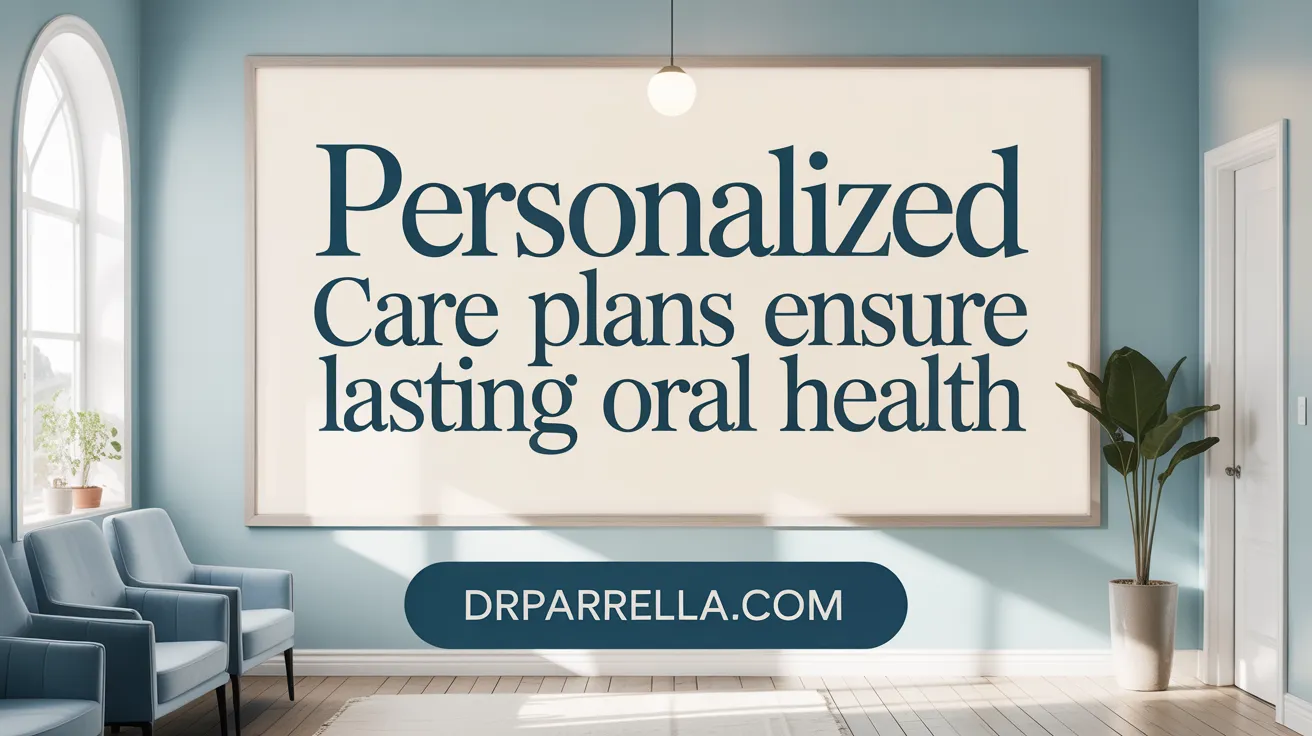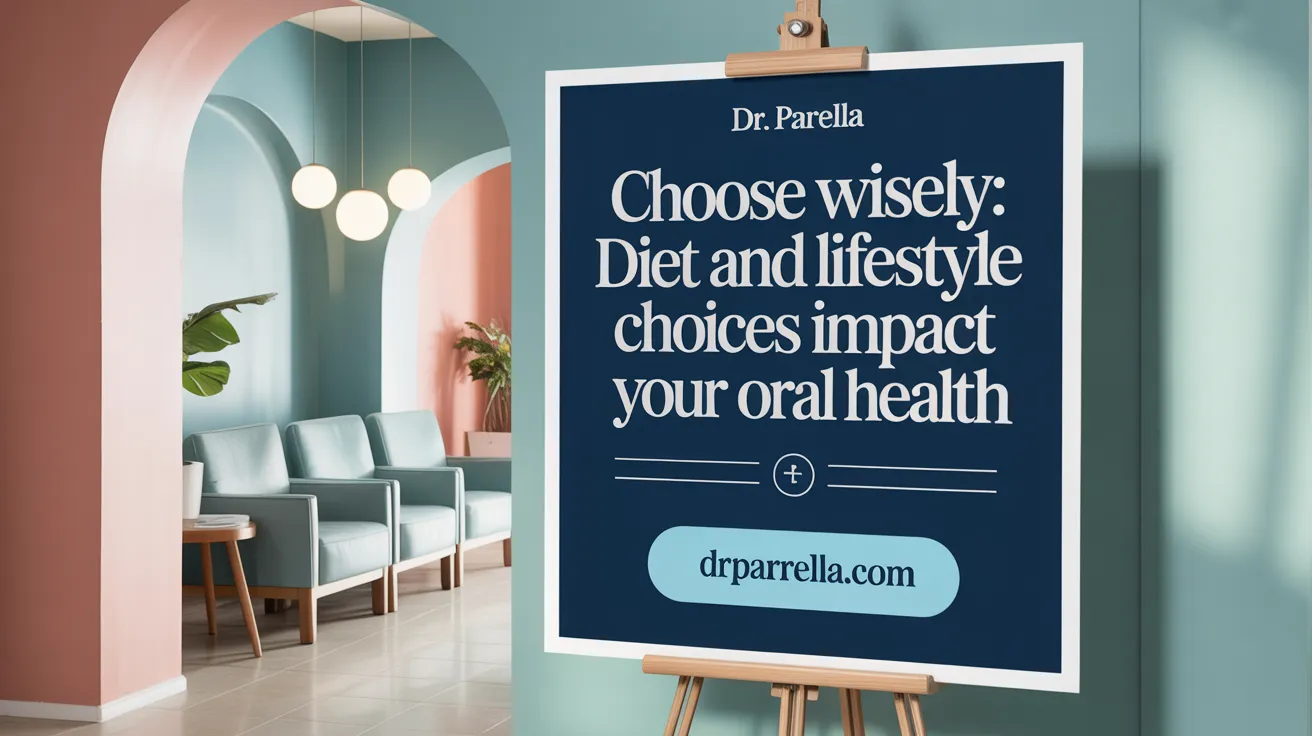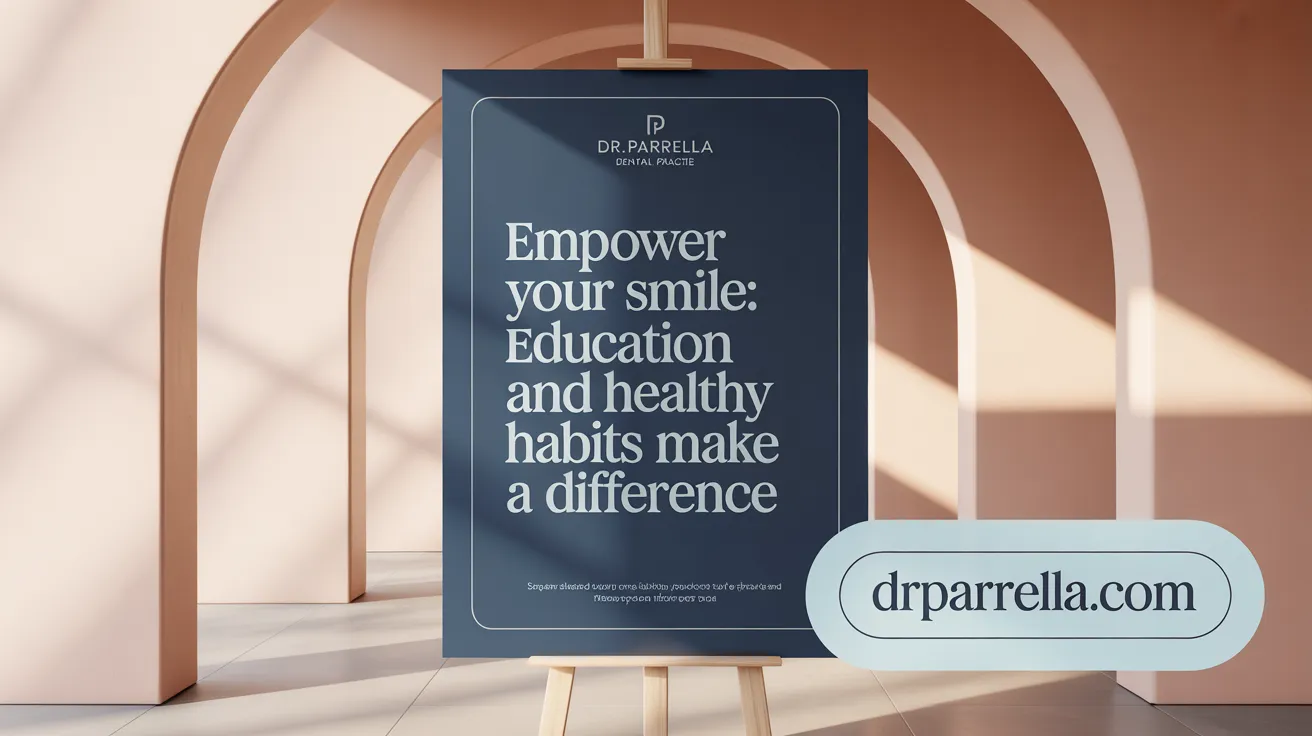Why Preventive Dentistry is Your Best Investment for a Healthy Smile
Preventive dentistry is the cornerstone of maintaining a healthy smile throughout life. By focusing on early detection, consistent oral hygiene, and lifestyle choices that support dental well-being, individuals can avoid painful procedures, costly treatments, and systemic health complications linked to poor oral care. This article explores the essential elements of preventive dentistry, its benefits across all ages, and practical guidance for building a foundation for lifelong oral health.
The Cornerstone of Preventive Dentistry: Regular Dental Visits and Professional Care

Why are regular dental visits important in preventive dentistry?
Regular dental visits, recommended every six months, are foundational to preventive dentistry. These visits allow dentists to detect early signs of cavities, gum disease, and oral cancer before they advance. Early identification enables less invasive treatments and improves long-term outcomes.
The role of professional cleanings
Professional dental cleanings are crucial because they remove plaque and tartar buildup in areas that daily brushing and flossing miss. This helps prevent tooth decay and gum diseases like gingivitis and periodontitis, which can otherwise lead to tooth loss.
Use of diagnostic tools during visits
Dentists utilize diagnostic tools such as digital X-rays to uncover hidden issues like cavities between teeth or bone problems. Additionally, oral cancer screenings during these visits are vital for early detection, potentially saving lives.
Early detection benefits and cost savings
By catching dental issues early, patients can avoid complex procedures, reducing both the physical discomfort and financial burden of extensive treatments. Preventive care through regular checkups is more cost-effective over time.
Personalized care tailored by dental professionals
Dental professionals assess each patient’s unique oral health status to develop customized care plans. These plans include guidance on brushing, flossing, diet, and lifestyle choices that support optimal dental health. This personalized approach enhances the effectiveness of preventive measures and promotes a lifetime of healthy smiles (Preventive dentistry benefits).
Mastering Daily Oral Hygiene: Effective Brushing, Flossing, and Mouthwash Use
What daily oral hygiene practices are essential for maintaining a healthy smile?
Maintaining a healthy smile depends on a consistent daily routine combining several key practices. Brushing your teeth at least twice a day with fluoride toothpaste is fundamental. Use a soft-bristled toothbrush and angle the bristles about 45 degrees toward the gumline, employing gentle circular motions to clean all tooth surfaces effectively without damaging gums. This technique helps remove plaque and prevents cavities while fluoride strengthens tooth enamel.
Daily flossing is crucial for cleaning the interdental spaces where toothbrush bristles can’t reach. Floss removes plaque and food debris lodged between teeth, reducing the risk of gum disease and tooth decay.
Using an antibacterial or therapeutic mouthwash, ideally alcohol-free to avoid dry mouth, further complements brushing and flossing. Mouthwash reduces harmful bacteria, controls plaque buildup, and can ease gingivitis symptoms.
Incorporating tongue cleaning into your routine removes bacteria residing on the tongue’s surface, improving breath freshness and overall oral hygiene.
Selecting products that have earned the American Dental Association (ADA) Seal of Acceptance guarantees their safety and effectiveness, ensuring your oral care routine is supported by professional standards.
Together, these daily habits form a comprehensive approach to oral health that prevents dental issues and promotes a bright, healthy smile.
Diet and Lifestyle: Key Influences on Oral Health and Disease Prevention

How do diet and lifestyle choices affect oral health?
Diet and lifestyle profoundly influence oral health in various ways.
High sugar intake provides fuel for plaque bacteria that produce acids, leading to tooth decay. Frequent consumption of acidic foods and drinks accelerates dental erosion by wearing down the enamel—the protective outer layer of teeth. For detailed information on Nutrition and Oral Health and how diet impacts oral diseases, refer to this resource.
Conversely, a balanced diet rich in fiber-containing fruits and vegetables stimulates saliva flow. Saliva neutralizes harmful acids and helps cleanse the mouth. Calcium- and vitamin D-rich foods support enamel remineralization and improve bone and gum health. Learn more about the role of diet and oral health at Dental Health Organization.
Avoiding tobacco and moderating alcohol intake significantly reduce the risk of gum disease and oral cancers. Tobacco weakens the immune system and impairs tissue repair, making gums more vulnerable to infections, while alcohol can exacerbate erosion and cancer risk. For insights on Tobacco and Alcohol Effects on Oral Health, see this article.
Strategies to minimize dental erosion include limiting acidic food and drink consumption to meal times, avoiding brushing teeth immediately after acidic exposure, and using straws for acidic beverages. Additionally, chewing sugar-free gum encourages saliva production, aiding enamel maintenance. For practical tips on these preventive steps, visit Preventive Care and Oral Hygiene.
Hydration plays an essential role; drinking sufficient water maintains saliva production, which protects against decay and gum disease. Fluoridated water further strengthens tooth enamel, enhancing resistance to decay. Read more about Fluoridated Water Advantages.
Together, these diet and lifestyle choices form a comprehensive approach to preventing cavities, gum disease, and enamel erosion, promoting lifelong oral health. For an overview of Benefits of Preventive Dental Care and a holistic approach to oral health, see this resource.
Fluoride and Dental Sealants: Shields Against Cavities
What roles do fluoride and dental sealants play in preventive dentistry?
Fluoride treatments are essential in strengthening tooth enamel, which helps teeth resist decay. They work by enhancing the remineralization process and can even stop or reverse early stages of tooth decay. Fluoride is commonly delivered through toothpaste, fluoridated drinking water, and professional applications such as varnishes or gels during dental visits. These treatments are tailored based on individual risk factors for cavities.
Dental sealants are thin, protective coatings made of plastic that dentists apply to the chewing surfaces of molars and premolars. These teeth have natural grooves where food particles and bacteria tend to accumulate, increasing the risk of cavities. Sealants act as a physical barrier, preventing decay by blocking these vulnerable areas from harmful substances.
Sealants are especially beneficial for children as their permanent molars emerge, but adults can also gain protection from sealants. Both fluoride treatments and sealants are integral parts of routine preventive care practices. When combined with good oral hygiene and regular dental visits, they effectively reduce the risk of cavities and support long-term oral health.
Preventive Dentistry Across the Lifespan: From Early Childhood to Older Adults
How does preventive dentistry benefit individuals at different stages of life?
Preventive dentistry is essential at every age, adapting to the unique oral health needs of children, adults, and seniors.
In early childhood, dental care begins as soon as the first tooth appears. Routine check-ups establish good oral hygiene habits early and allow for preventive measures like fluoride treatments and dental sealants. Sealants provide a protective barrier on molars, where cavities often develop due to their grooves. Early visits foster positive attitudes toward dental care and lay the foundation for a lifetime of healthy teeth.
For children, preventive strategies include proper brushing and supervised flossing, limiting sugary snacks, and regular dental exams every six months. These interventions reduce the risk of early childhood caries and support proper tooth development.
Adults face different challenges such as gum recession, lifestyle habits like tobacco use, and increased risk for periodontal disease. Preventive care focuses on maintaining gum health, early detection of decay, and lifestyle counseling to reduce risks. Regular cleanings and oral exams help detect early signs of oral conditions linked to overall health, such as diabetes and heart disease.
In older adults, preventive dentistry addresses concerns like dry mouth caused by medications, higher susceptibility to gum disease, and oral cancer risk. Advances in care have enabled many seniors to retain their natural teeth longer. Preventive plans include thorough hygiene, professional cleanings, oral cancer screenings, and tailored dietary advice.
Across all ages, oral health is intimately connected to systemic diseases including diabetes, cardiovascular disease, and dementia. By preventing oral infections and gum disease, dental care contributes to overall health and quality of life.
Importance of tailored preventive plans by age group
Personalized preventive plans consider age-specific conditions and risks. For example:
| Age Group | Preventive Focus | Specific Strategies |
|---|---|---|
| Children | Habit formation and cavity prevention | Fluoride treatments, sealants, guidance on diet and brushing, early dental visits |
| Adults | Gum disease prevention and lifestyle modification | Periodontal care, tobacco cessation support, regular exams, early detection of oral disease |
| Seniors | Managing age-related oral health issues | Dry mouth management, oral cancer screenings, denture care, maintaining natural teeth |
This approach ensures ongoing oral health, minimizes invasive treatments, and supports systemic well-being throughout life.
Building a Partnership for Oral Health: Education and Lifestyle Habits

Why is patient education and lifestyle partnership critical in preventive dentistry?
Patient education plays a vital role in teaching individuals how to maintain effective oral hygiene routines such as proper brushing and flossing. It also helps guide healthier dietary choices that reduce the risk of tooth decay and gum disease. Educated patients are more aware of harmful habits to avoid, such as smoking, nail-biting, and using teeth to open packages—all activities that can damage teeth and gums.
Avoiding harmful habits such as smoking and nail-biting
Smoking adversely affects gum health by weakening immune response and slowing gum healing, which increases the risk of gum disease and oral cancer. Nail-biting causes physical trauma to teeth and introduces bacteria, compromising oral integrity. Patients who avoid these habits enjoy better oral outcomes and fewer complications.
Benefits of using mouthguards for protection
Mouthguards serve as a protective barrier during sports and nighttime grinding. They absorb impacts that could otherwise cause fractures, tooth loss, or gum injury, playing a crucial role in preserving dental health.
Importance of trust and communication with dental professionals
Building trust and clear communication between patients and dental care providers is essential. It encourages patients to follow personalized home care plans and attend regular dental visits. Effective communication aids early problem identification before issues require extensive treatment.
Cost-effectiveness and health benefits of preventive dentistry
Preventive dentistry reduces the need for invasive, costly procedures by catching problems early. This not only saves money but also improves overall health by lowering risks connected to poor oral hygiene, including systemic diseases like heart disease and diabetes. A collaborative approach between patients and dental professionals maximizes these benefits, ensuring lifelong oral health.
Building Lifelong Healthy Smiles Through Preventive Dentistry
Preventive dentistry is a comprehensive approach that extends beyond the dental chair, integrating consistent personal care, professional oversight, and healthy lifestyle choices. By embracing regular dental visits, mastering effective daily oral hygiene routines, making informed dietary and lifestyle decisions, and leveraging preventive treatments such as fluoride and sealants, individuals can safeguard their oral and overall health. Preventive dentistry supports a foundation for a lifetime of healthy smiles, enhancing quality of life and reducing the burden of dental disease. Ultimately, a collaborative relationship between patients and dental professionals is the key to sustaining oral health and reaping the benefits of prevention throughout all stages of life.
